Revisiting the Cathedral Parish of Saint Andrew of Parañaque / Parañaque Cathedral
Last lent, my friends and I were able to visit 13 beautiful churches in Manila as part of our Visita Iglesia. I’m happy that I was able to revisit some of the churches that I used to frequent to. After revisiting the Bamboo Organ Church and the Santuario de San Ezekiel Moreno in Las Piñas of Las Pinas, the next church on our list is the Cathedral Parish of Saint Andrew in Parañaque. The last time I went here was in 2016. While there haven’t been any changes in the church’s exterior, the church’s main altar seemed to have undergone major renovation.
The history of the church can be traced back four hundred years ago when the Augustinian missionaries set foot on Southern Manila. They went on a fishing village near the sea which they later named “Palanyag”, the contraction for the word “Paglalayag” which means sailing. Palanyag became an independent town in 1580 and also marked as the foundation day of the parish which was aptly placed under the patronage of Saint Andrew the Apostle, the patron saint of fishermen. The image of Nuestra Señora del Buen Suceso de Palanyag (the town’s patroness), on the other hand, was brought to Saint Andrew’s Parish in La Huerta on August 10, 1625. Nuestra Señora del Buen Suceso de Palanyag is the third oldest Marian Image in the Philippines.
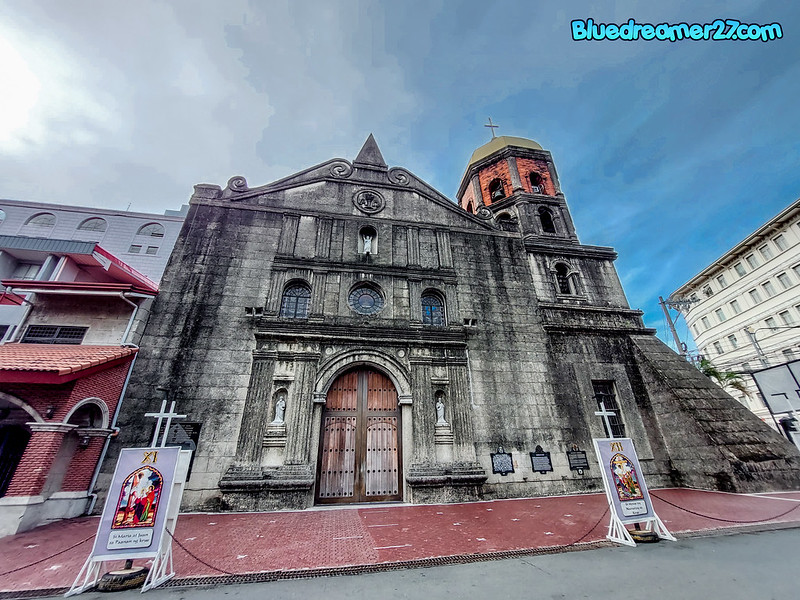
Aside from being one of the oldest churches in the country, the town and the church itself have huge historical significance. The town’s strategic location has become a great advantage to Parañaque. For instance, they have prevented Chinese pirates from entering and invading Manila in various occasions. These include the attempted attacks of Limahong in 1574 and Koxinga in 1662. The town also played a huge role during the British Invasion in Manila in 1762. During the Philippine Revolution, on the other hand, prominent Paraqueños like Manuel Quiogue and secular priest Father Pedro Dandan y Masangkay became leading revolutionary figures.
During the American Occupation, Parañaque became part of Rizal province. It was later merged with Manila and Quezon to form the City of Greater Manila during the Japanese Occupation era. On November 7, 1975, Parañaque was separated from Rizal and became part of Metropolitan Manila or the National Capital Region.
After the Augustinians, the Parish was administered by the Congregation of the Immaculate Heart of Mary from 1915 to 1993. During this time, the Saint Andrew School was built along with the creation of Parañaque Development Foundation, Inc (PDFI), the church’s social arm. In 1994, administration of St. Andrew’s Parish was handed over to the Secular Clergy.
In 2003, after the creation of new Diocese of Parañaque , Saint Andrew Parish status was elevated to a Cathedral.
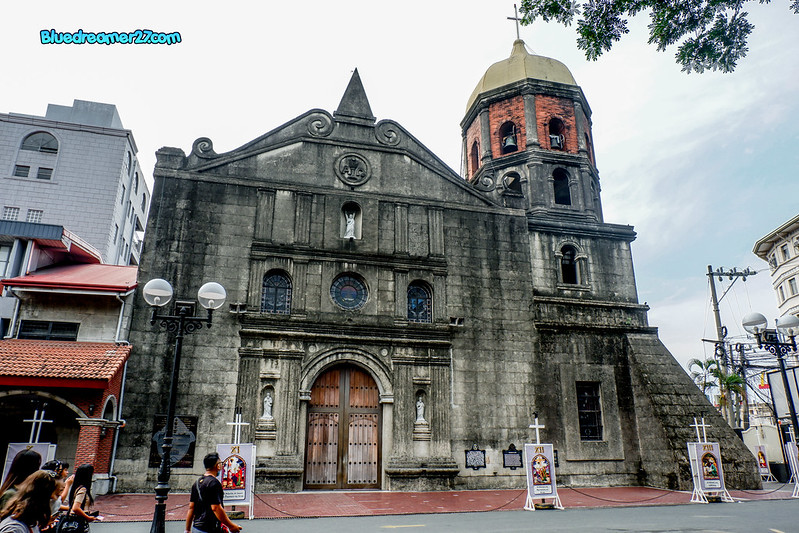
Architecture-wise, the Cathedral features a classic Baroque style. It comes with a simple yet distinctive façade. Instead of the traditional cross, the pediment of the church features a triangle shape.
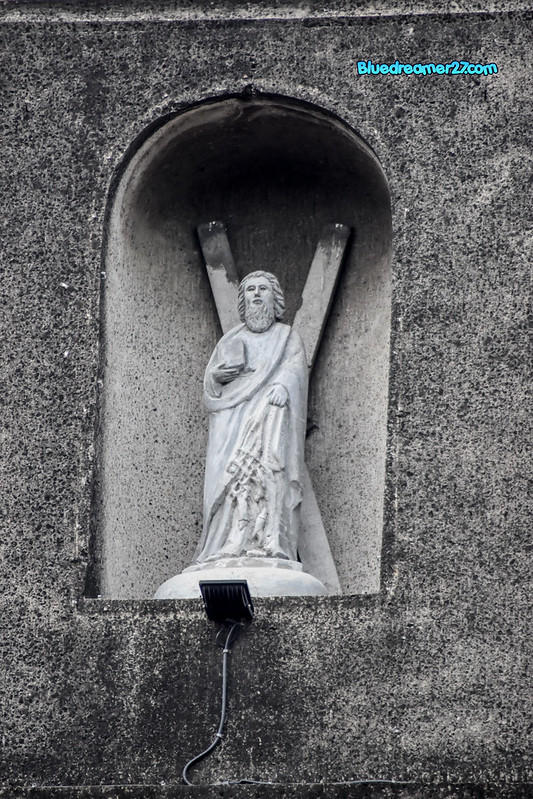
The upper niche enshrines a statue of Saint Andrew the Apostle, the city’s patron saint.
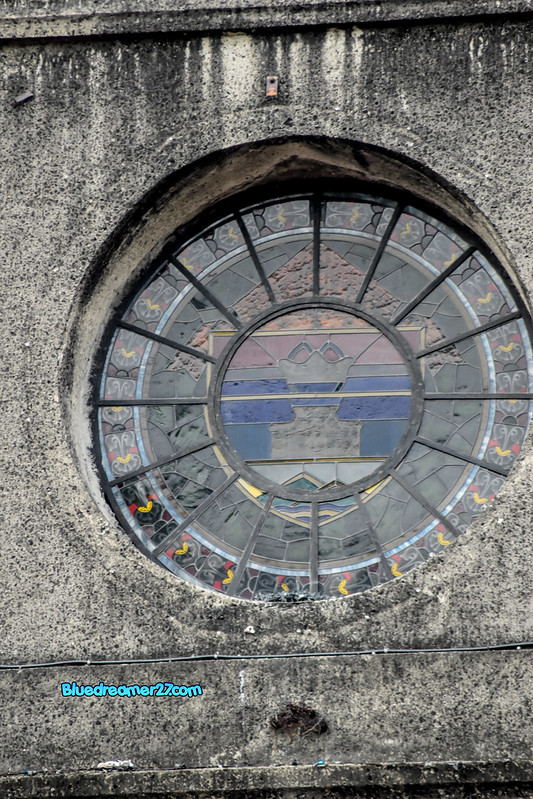
The middle layer of the facade features stained-glass windows showcasing various coat of arms. The rose-window on the center highlights the Coat of Arms of the Diocese of Parañaque while the two niches on both sides feature the Coat of Arms of Congregation of the Immaculate Heart of Mary and the Order of Saint Augustine.
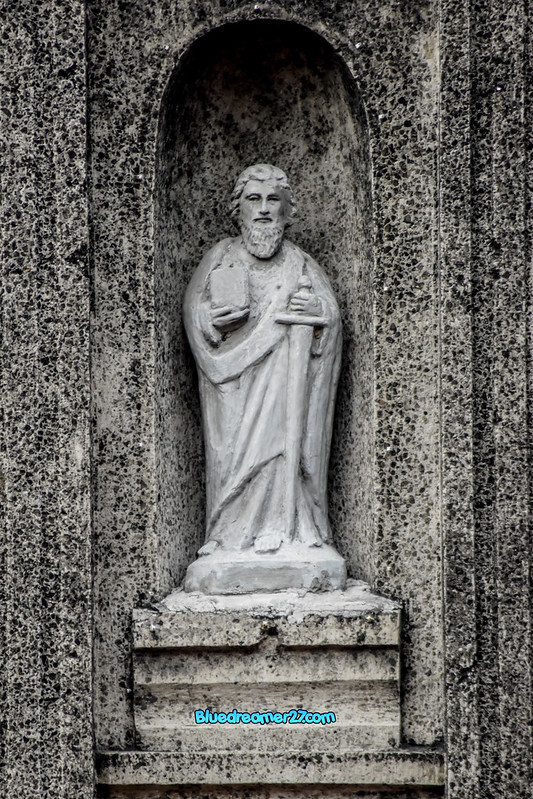
Statue of Saint Paul.
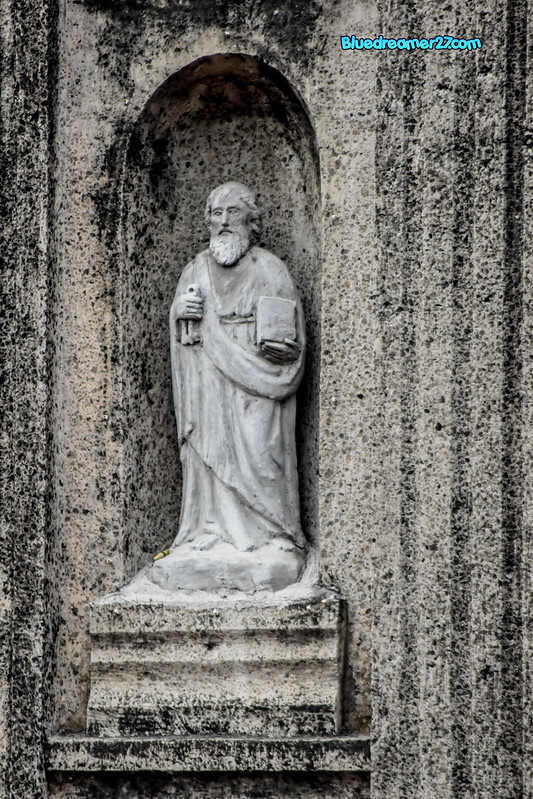
Statue of Saint Peter.
There’s also a couple of niches beside the main door that features statues of Saint Peter and Saint Paul.
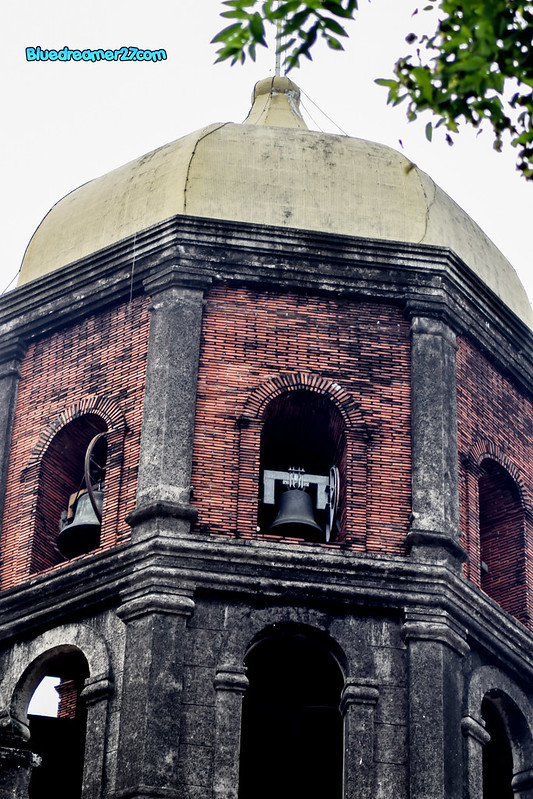
The bell tower of Paranaque Cathedral
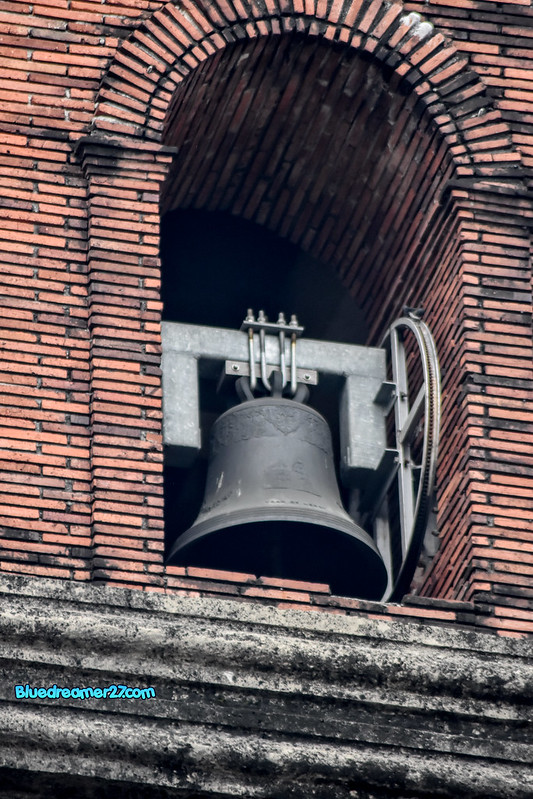
On the right side of the church is the four-story bell tower supported by a thick buttress.
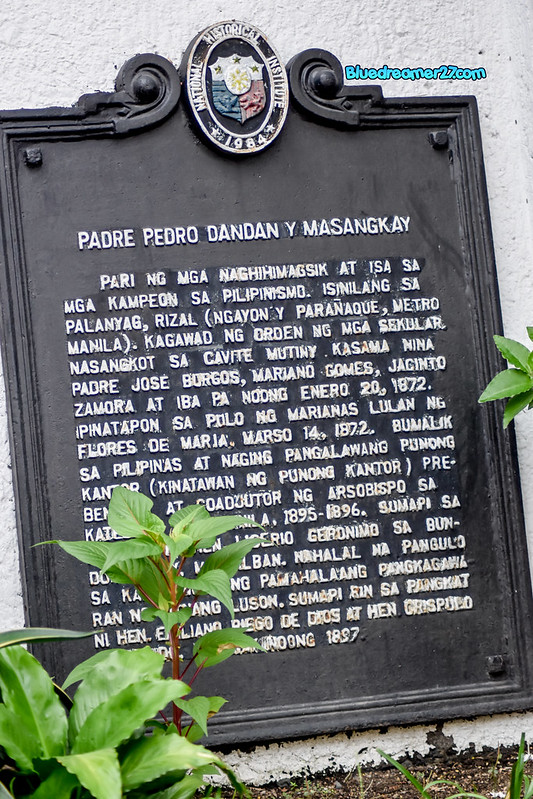
Historical Marker of Pedro Dandan Y Masangkay
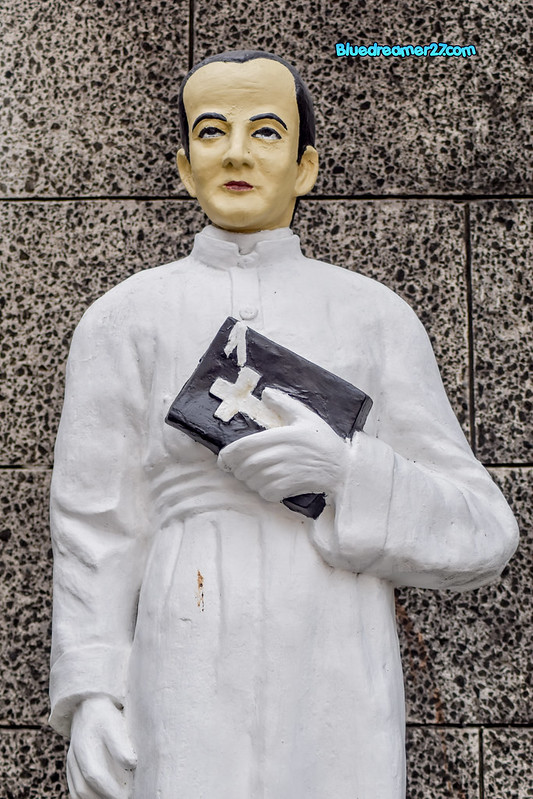
Located at the side of the church is a statue and a historical marker dedicated to Padre Pedro Dandan Y Masangkay.
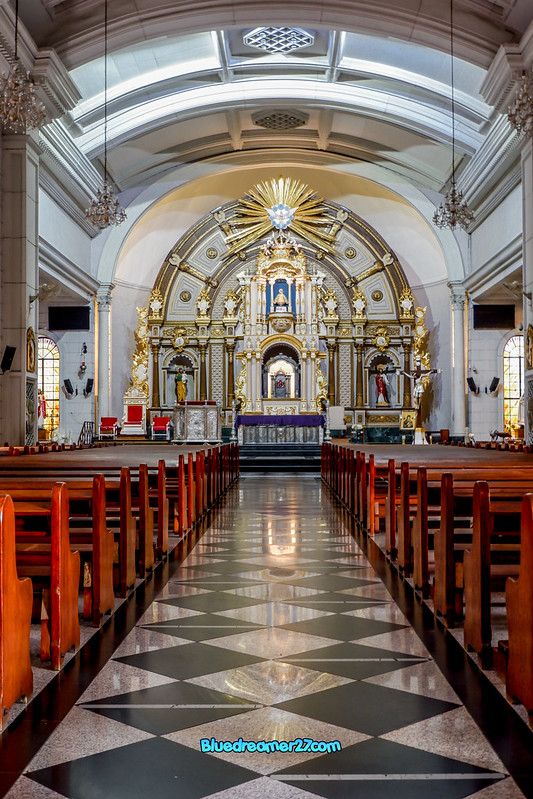
This new altar of Paranaque Cathedral
The interior of the church is equally stunning. It is interesting to note that the major retablo of the parish underwent several renovation over the years.

The old altar (2016)
When I went there last 2016, the altar highlights a large tabernacle in the center with the Crucifix above it. The two niches beside the tabernacle enshrines the images of Saint Andrew and Saint Joseph. The Image of Nuestra Señora del Buen Suceso, on the other hand, can be found on one of the side altars.
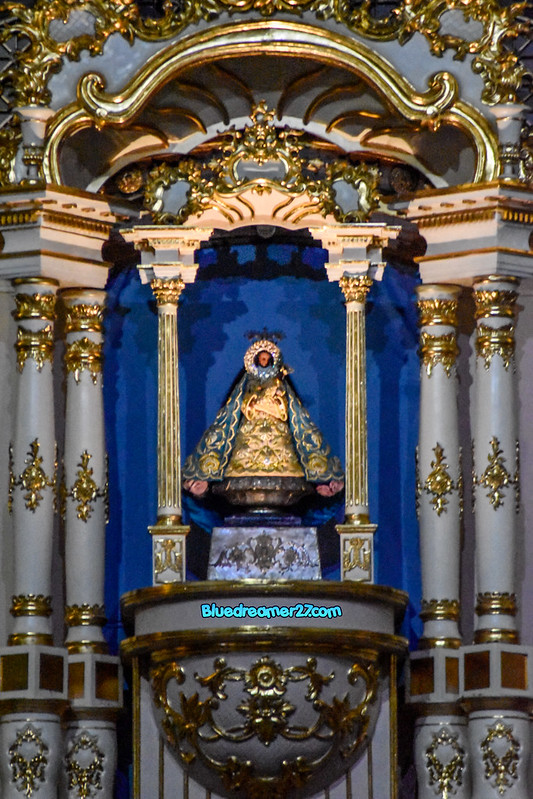
Nuestra Señora del Buen Suceso
The sanctuary was modified last 2021 with the new templette for Nuestra Señora del Buen Suceso and modified ambo.
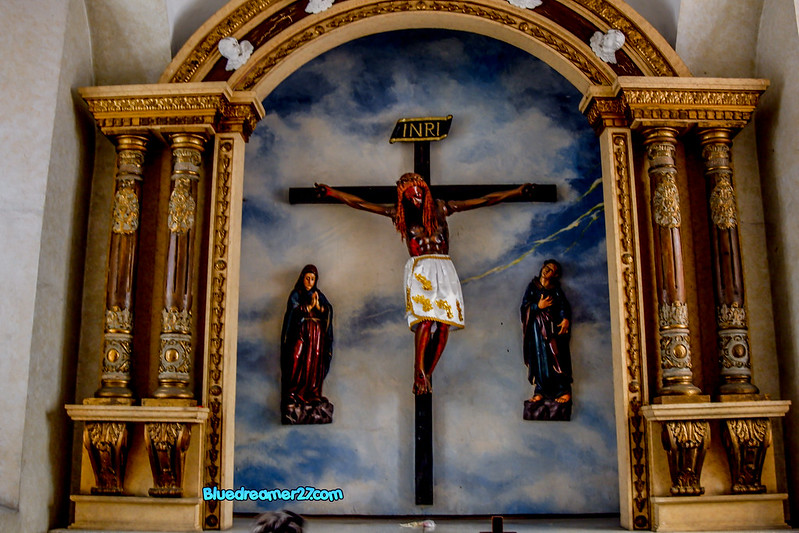
Altar in the Adoration chapel

Santo Cristo

Saint Joseph

This post is part of my Southern Manila Pilgrimage Series. Feel free to revisit my previous articles
-
- 13 Beautiful Churches to Visit in Southern Manila
- Revisiting Las Piñas Bamboo Organ Church and its Convent Museum
- Santuario de San Ezekiel Moreno in Las Piñas
- Revisiting Cathedral Parish of Saint Andrew of Parañaque
- National Shrine of Our Mother of Perpetual/ Baclaran Church
- Our Lady of Sorrows Parish in Pasay
- San Fernando de Dilao Parish of Paco, Manila
- Revisiting Malate Church
- Revisiting Ermita Church
- Archdiocesan Shrine of Espiritu Santo
- Quiapo Church
- Minor Basilica of San Sebastian
- Our Lady of Monserrat Abbey in San Beda University
You might want to visit these articles too
- The Newly Renovated Lagusnilad Underpass in Manila
- KapeTolyo by SGD in Manila
- Exploring Casa Manila in Intramuros
- Manila-American Cemetery in Taguig
- The Rise of Casinos in Manila
- Wartime Manila Tour
References:Diocesan Shrine and Parish of Nuestra Señora de Aranzazu Flickr / RDG Ecclesiastical Architecture

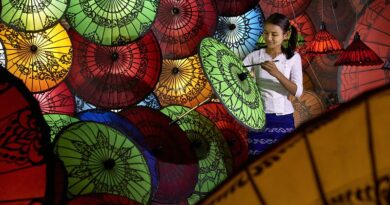

Pingback: 42nd Intramuros Grand Marian Procession / IGMP 2023 - It's Me Bluedreamer!